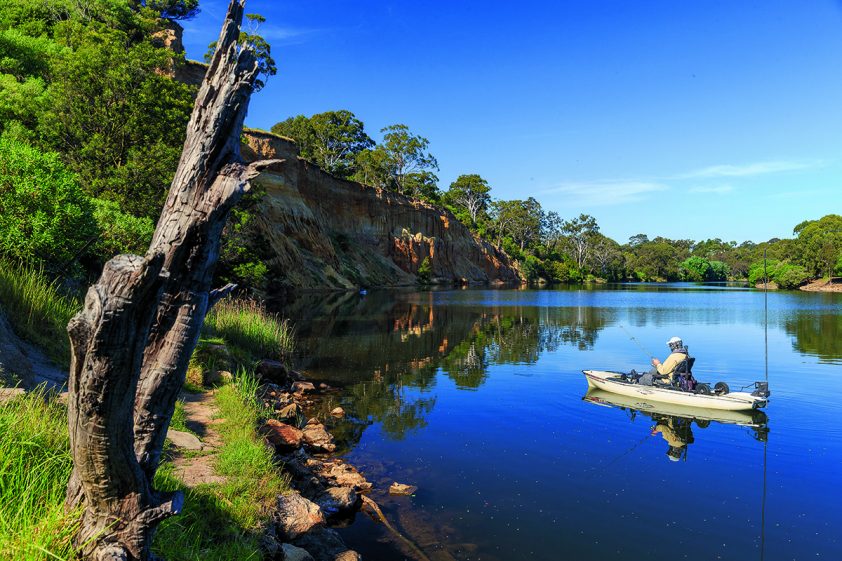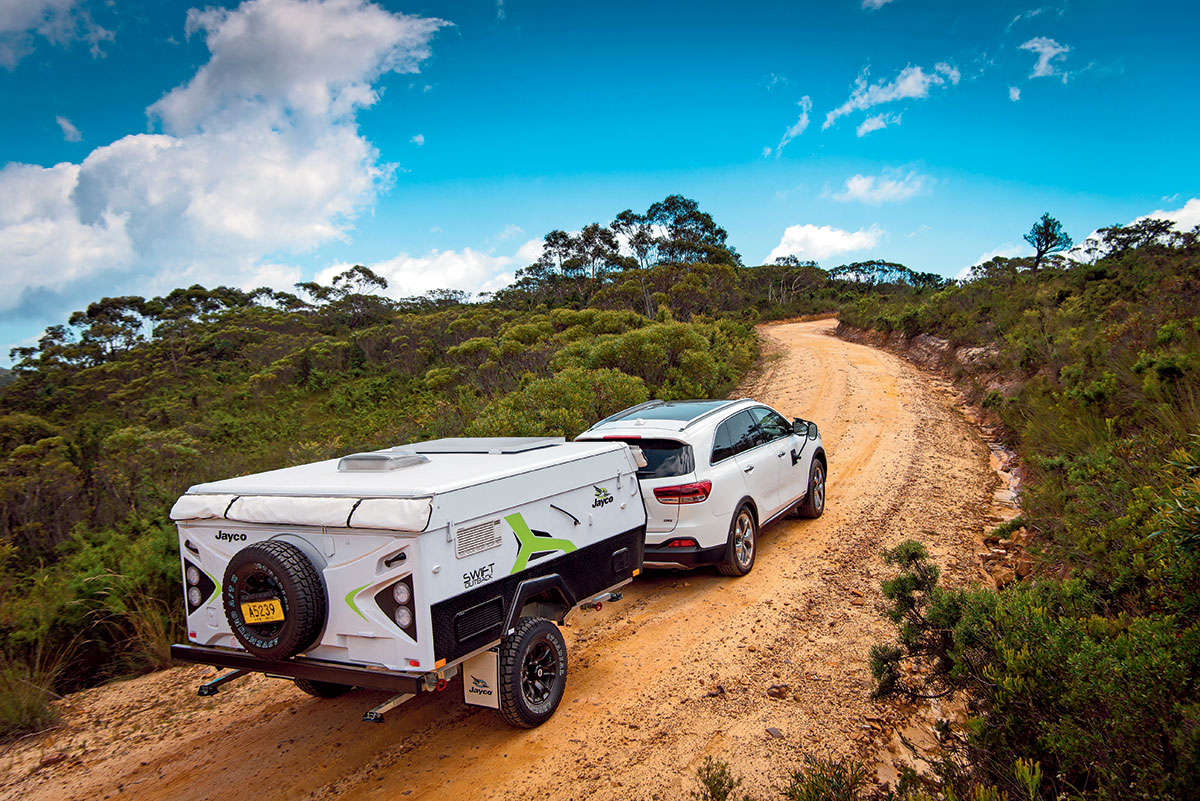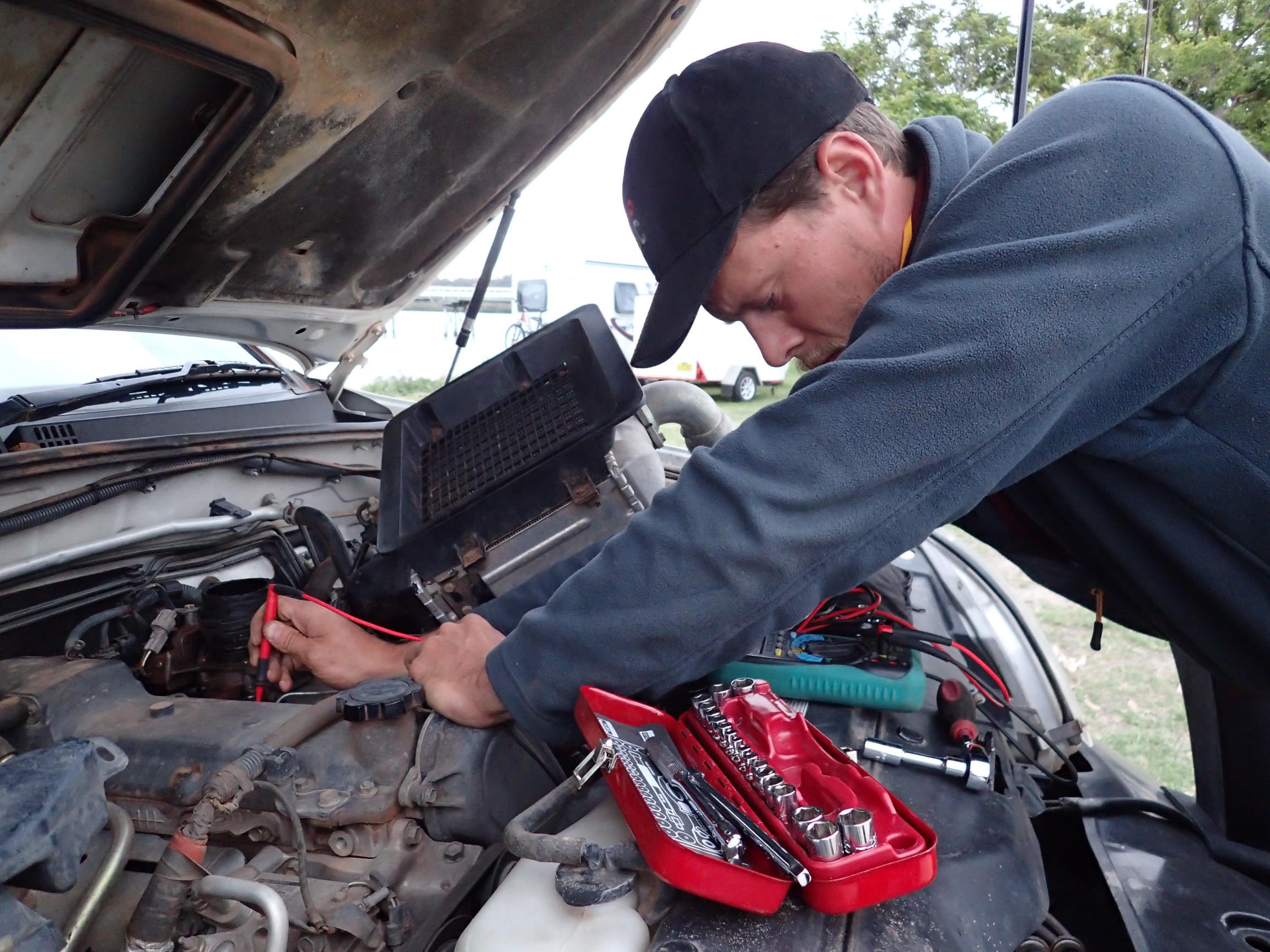Fishing is a popular pastime for many Aussie travellers, and it’s not uncommon to see a caravan or camper trailer flying by with a roof-top tinnie on board and fishing rods strapped to the roof racks.
No matter your age or gender, fishing is a cross-generational activity that can be enjoyed by everyone from young children to grey nomads and everyone in between. You don’t have to be chasing a 100kg game fish or a giant barra in the NT; catching blowies off a pier in the middle of the city can be just as much fun! But if you haven’t grown up fishing, or had someone to teach you how and loan you gear, getting started can seem too difficult and too expensive.
There’s a lot to learn about fishing and many experiences fishos will tell you it all takes more than a lifetime to learn but, with a few basics, you can get out there, rod in hand, and take your slice of the action!
GENERAL PURPOSE KIT
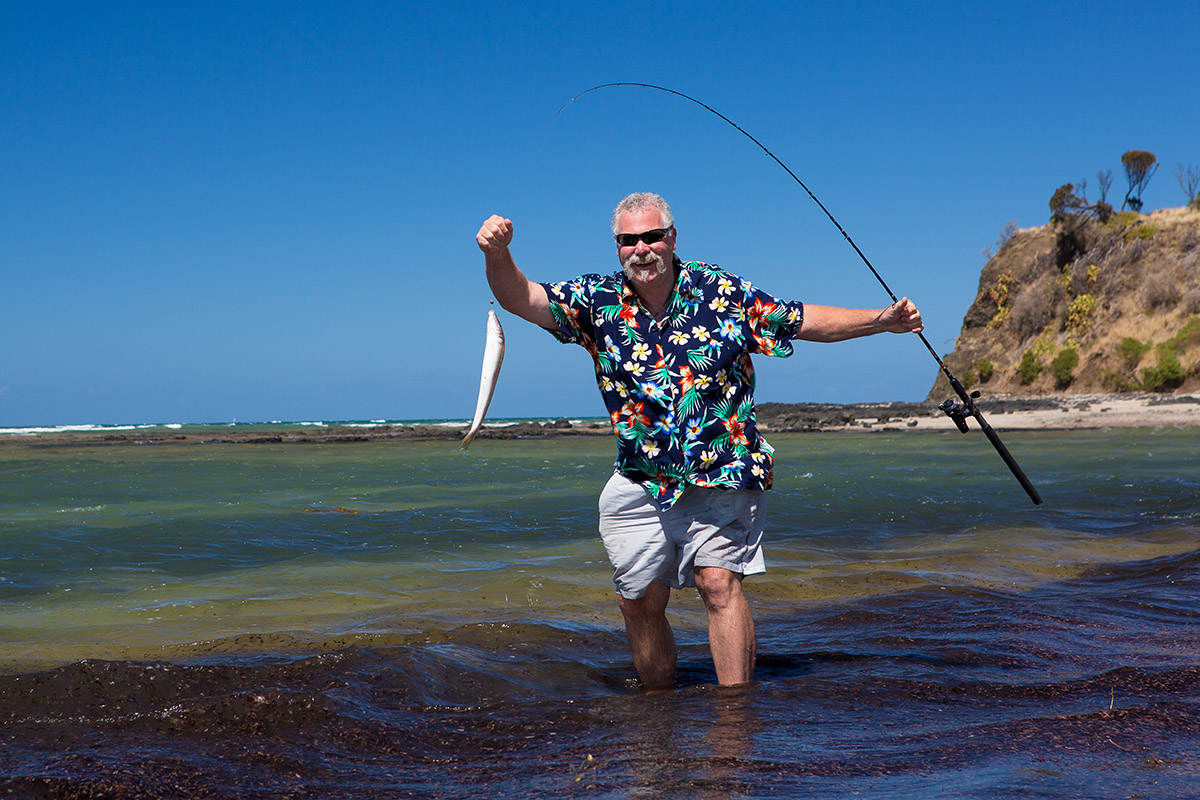
Most new or novice anglers will be best off buying a general-purpose fishing outfit – something that will see you through most situations, without costing you a packet, until you decide if this sport is really for you, or you become so good you want to specialise!
Most towns travellers visit will have a fishing or boating store of some description and a general purpose fishing rod should be capable of tackling most prey up to a couple of kilos in size. A light spinning rod and reel combo designed to carry around 150m of 3-6kg monofilament line will be sufficient for most fishing expeditions. The rod should be between 2-2.4m long and will be suitable for targeting a medium barra, mulloway, queenfish, yellowbelly, small Murray cod, salmon, tailor, squid, bream and flathead.
SURF FISHING
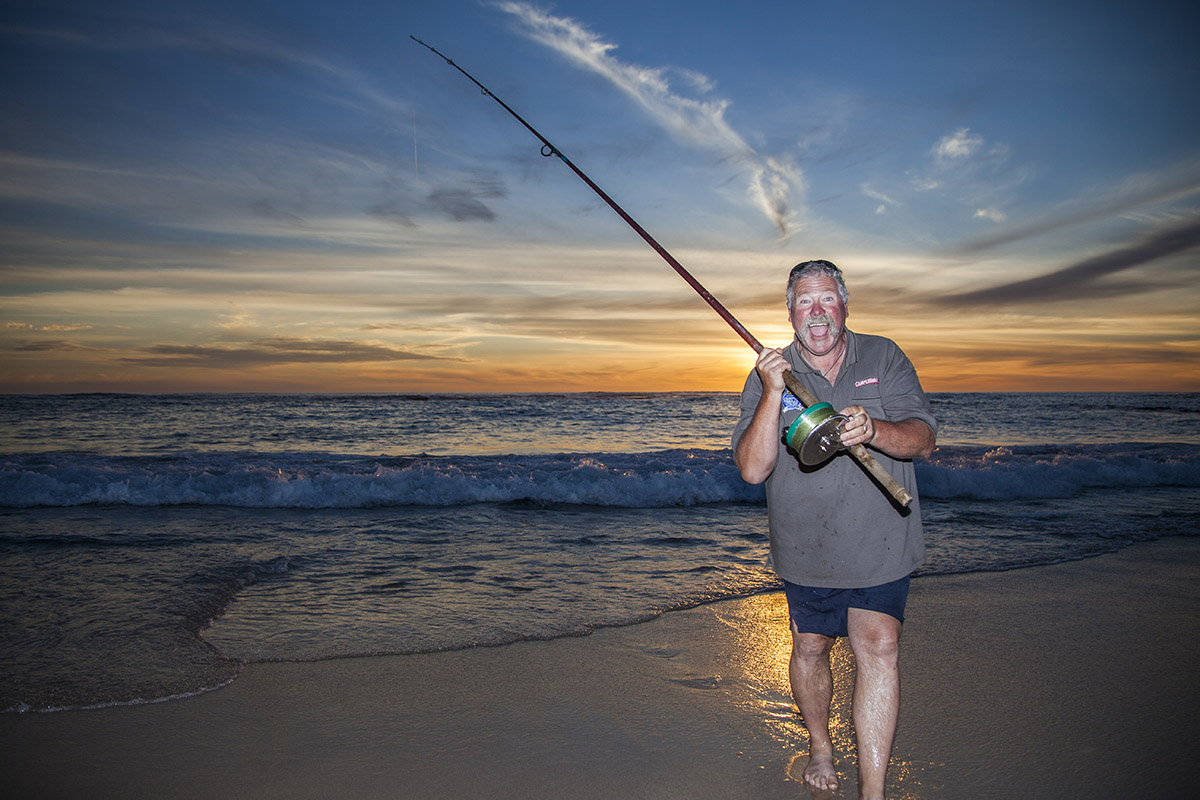
Surf fishing is the exception to this and if you plan to spend your days with your toes in the sand and your rod in the surf, you’ll need a surf-specific setup. The ocean swells, seaweed, currents and creatures almost demand it.
A basic surf fishing rig should range from 3-4m in length, capable of holding 6-10kg line.
HOW MUCH SHOULD YOU SPEND
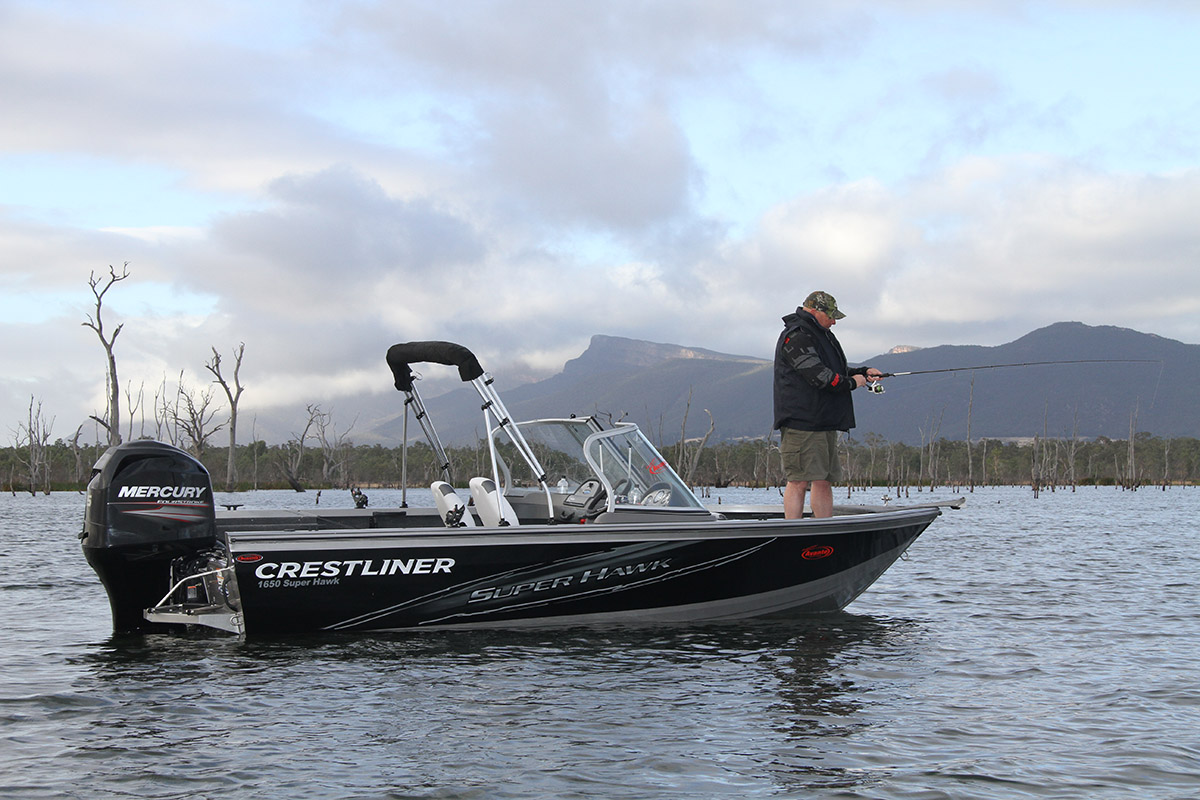
In general, you more you spend, the better rig you’ll end up with. However, for new or novice anglers, there’s no point spending the big bucks until you know what you’re doing! Less than $100 will easily get you set up with a suitable combination for most situations, however, you and the kids or grandkids will probably have just as much fun on a ‘disposable’ $10 setup from the caravan park kiosk in the beginning!
WATCH YOUR LINE
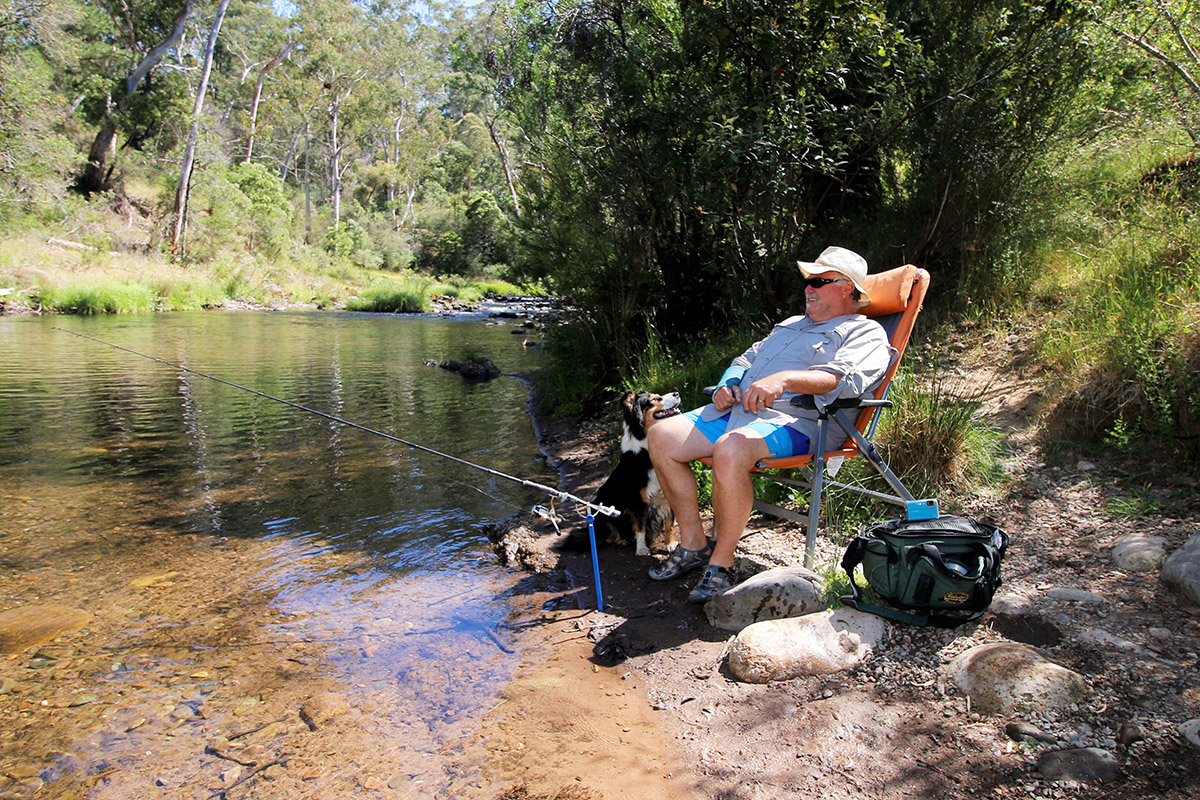
No matter how good – or how basic – your setup, patience in the virtue most often rewarded in fishing. It doesn’t matter what bait or lure you’re using, if you see the fish bite, you’ve got a better chance of catching it, so keep an eye on your line, rather than your rod so you can pick up even the tiniest of movements. This little trick will work best in slow currents and flat water.
BEST TIME TO FISH
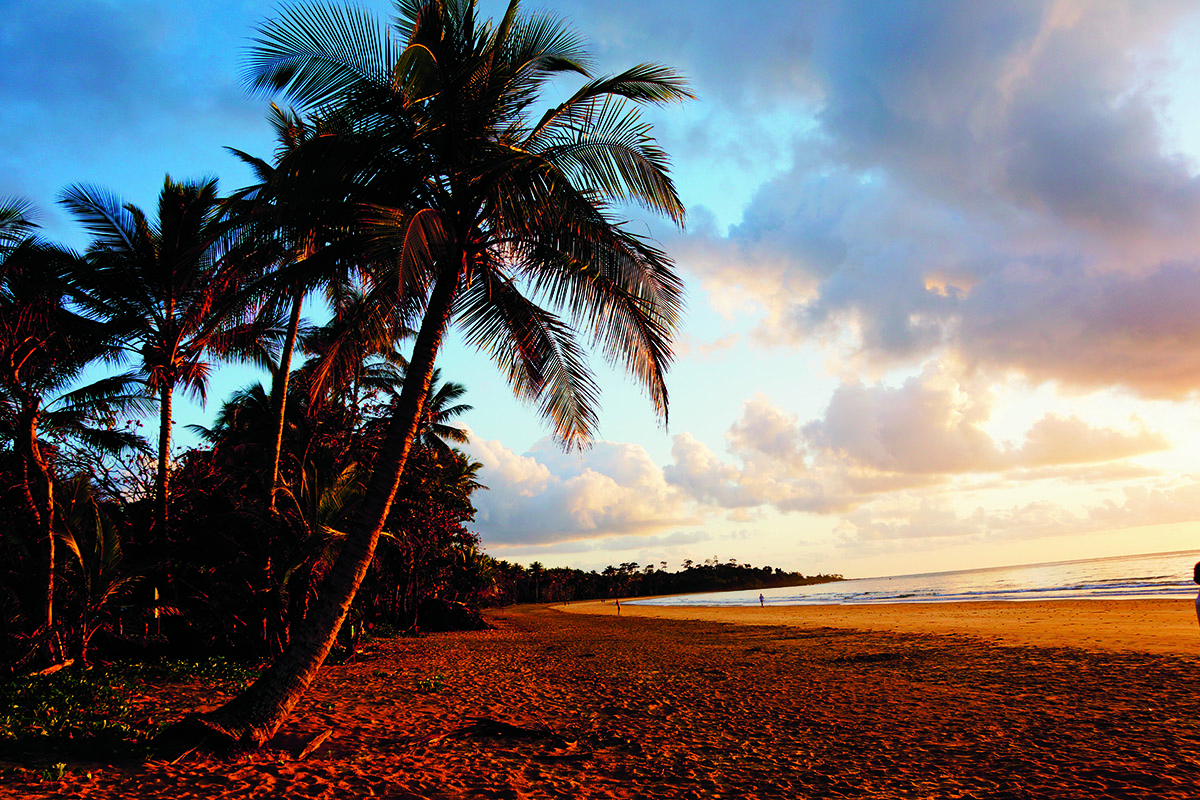
There is a lot of scientific research behind the best times of the day and year to fish, however, each watery environment will be different.
Dawn and dusk are the peak feeding times for more river species, so this is a great time to get started.
At the beach, sunrise, sunset and tide changes are go-time as schools of predators will often move towards shore in the low light.
WHERE TO FISH
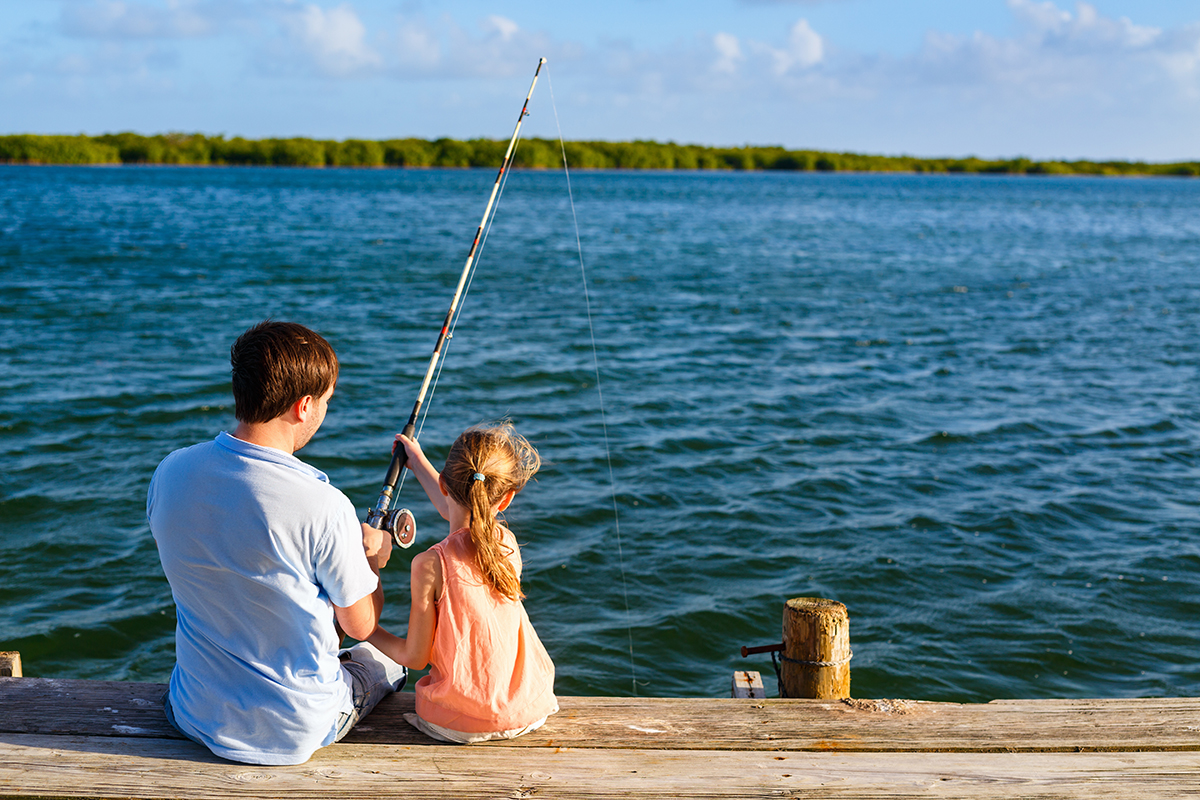
Fish are more active and will feed more readily when oxygen levels are increased. So a deep pool at the end of a waterfall or rapid is a sure bet, as is the tumbling surf break zone. This aeration also occurs in the bends of a river.
Drop-offs and deep bends are another good bet as predator fish will cruise along searching for food. And most river species prefer shade to sun, so a large overhanging tree could signal success.
Natural and man-made structures which impede on are also worth making a beeline for. Natural structures might include a fallen tree, a rock bar or a sand bank, while man-made structures like jetties, shipwrecks, piers, and bridges will usually attract plenty of fishy action.

